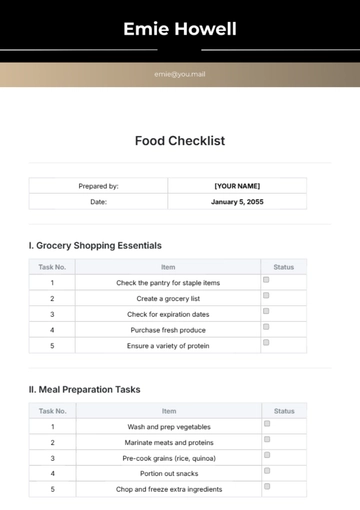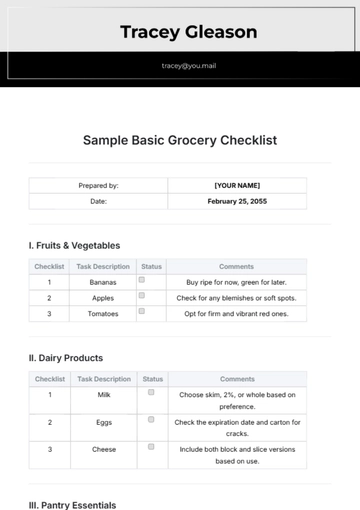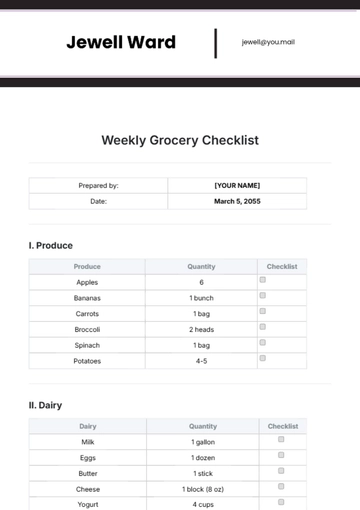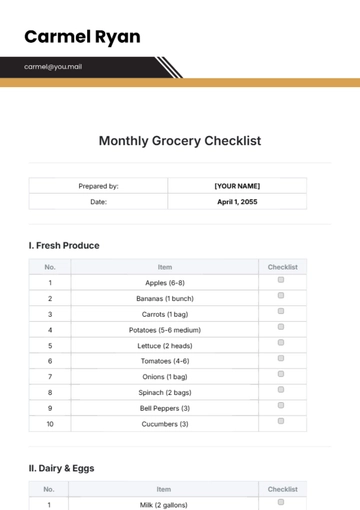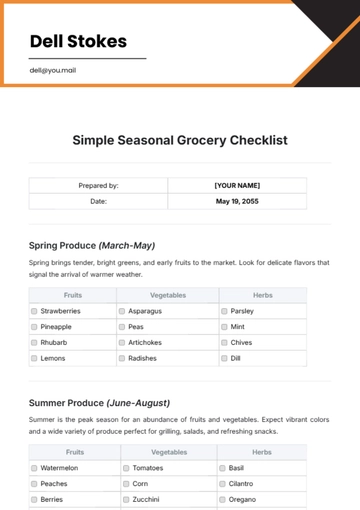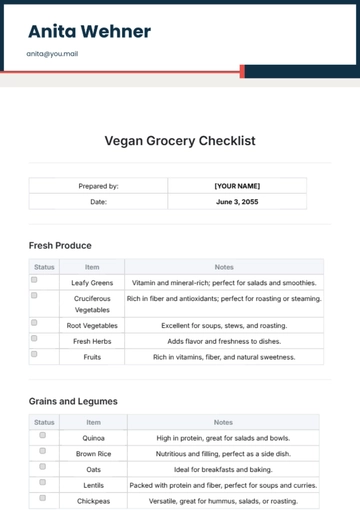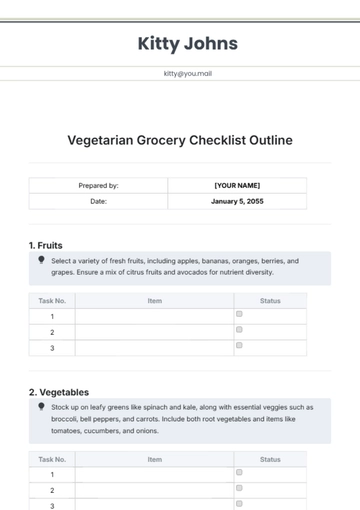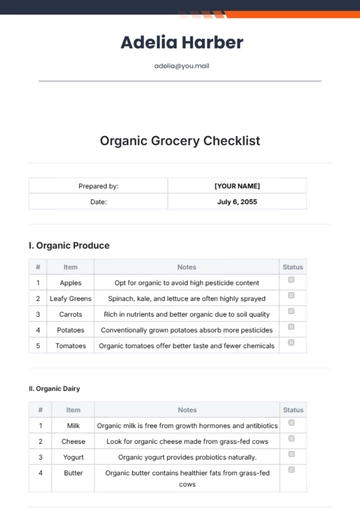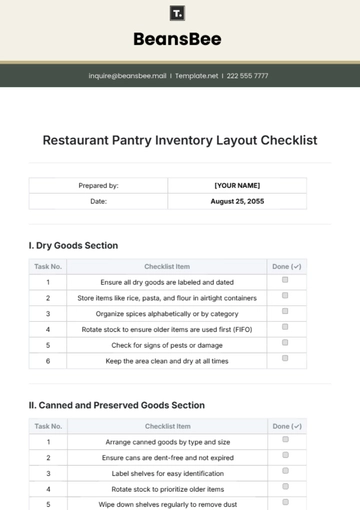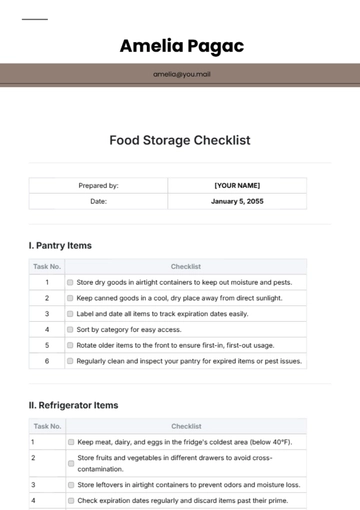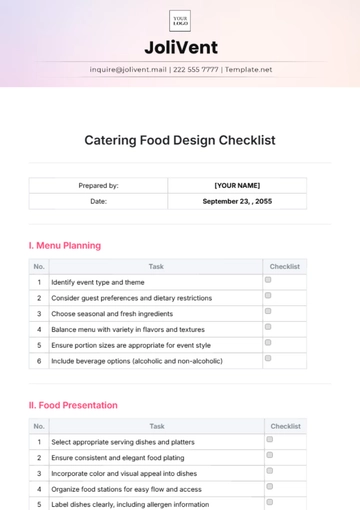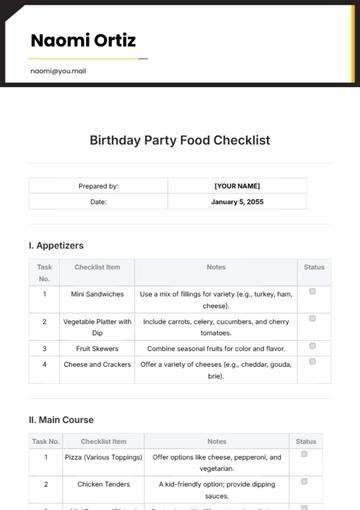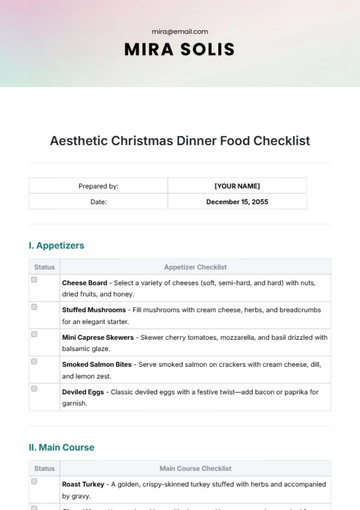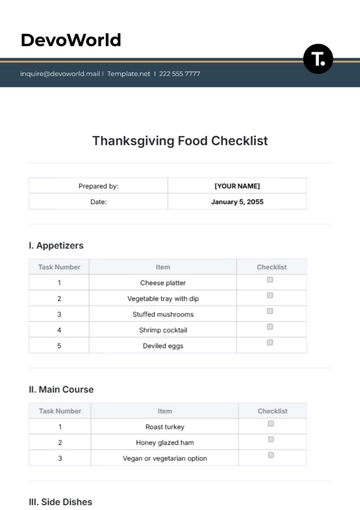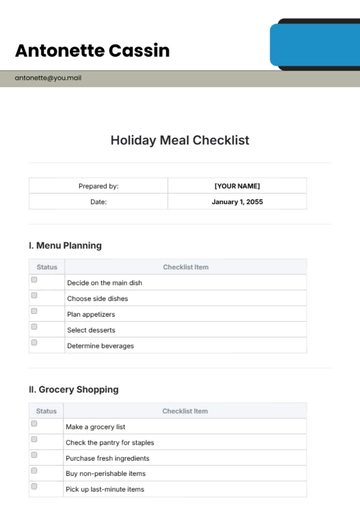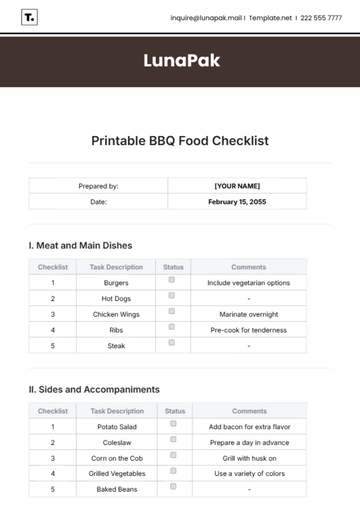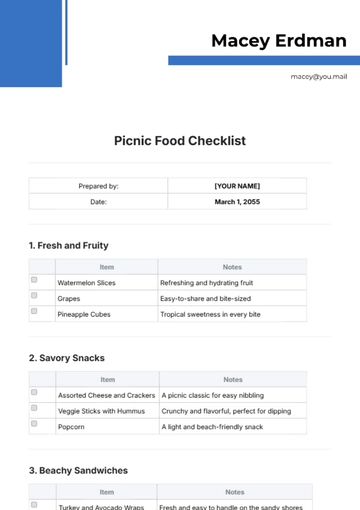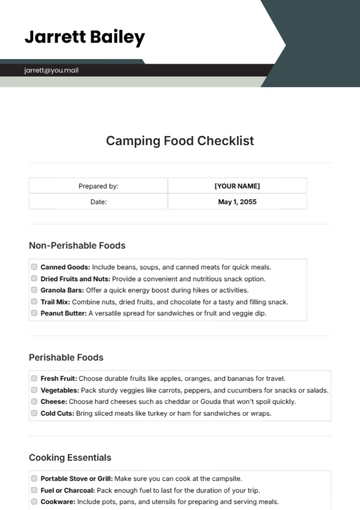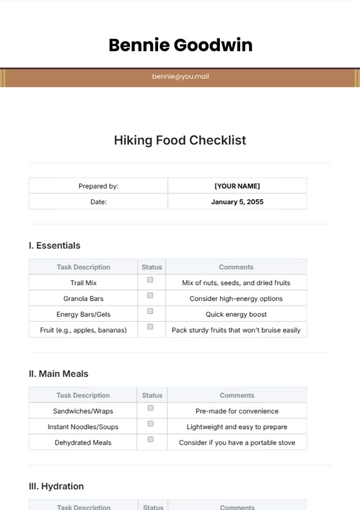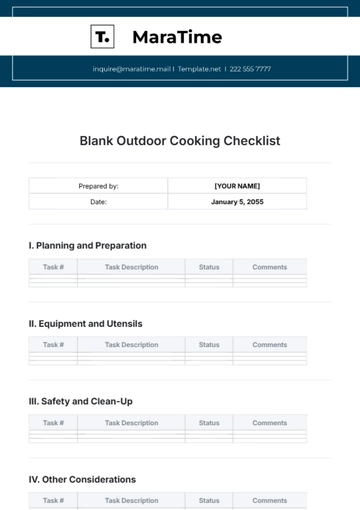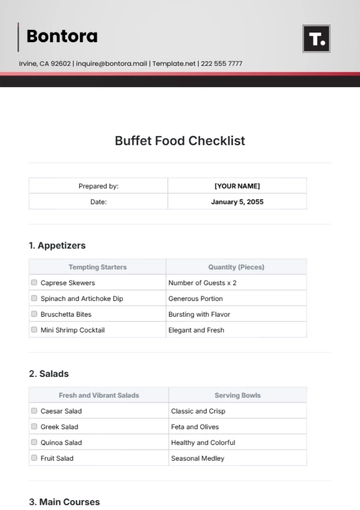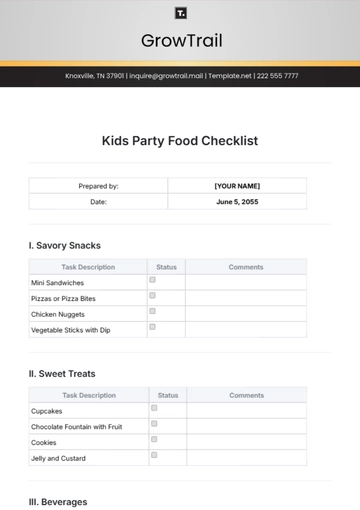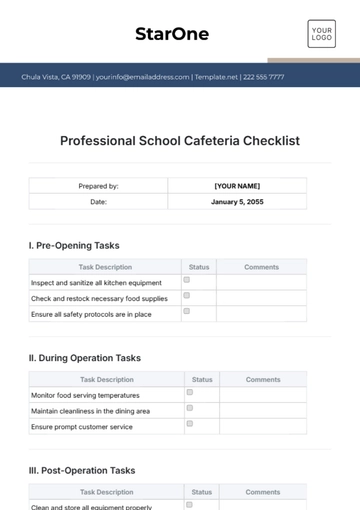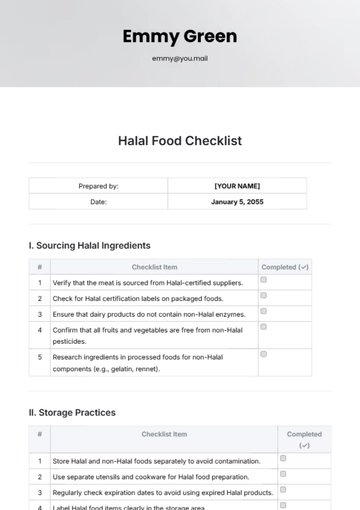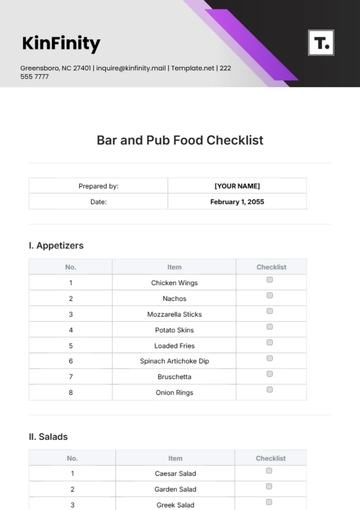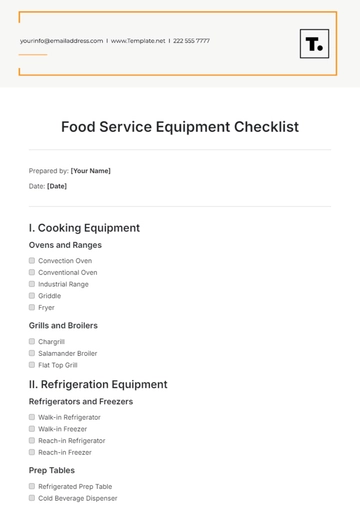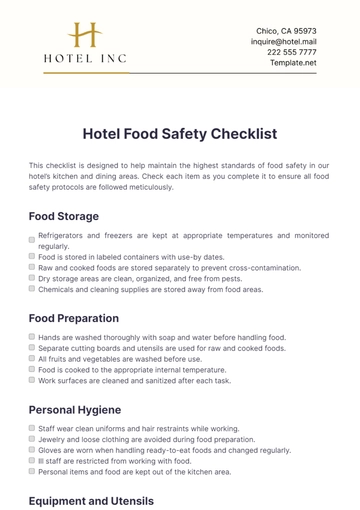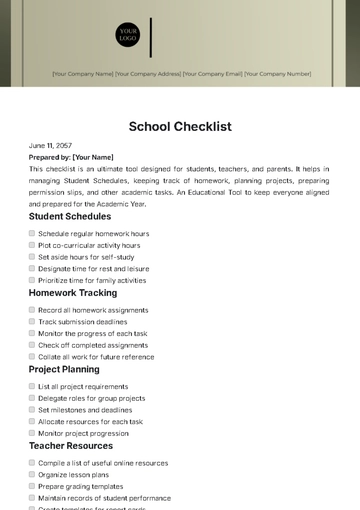Aesthetic HACCP Planning Checklist
I. HACCP Team Information
Name | Role | Signature | Date |
|---|
[YOUR NAME] | HACCP Coordinator | ______________ | October 17, 2060 |
Grace Tate | Quality Assurance Lead | ______________ | October 17, 2060 |
Luke Reese | Production Manager | ______________ | October 17, 2060 |
II. Product Description
Product Name: Organic Apple Juice
Ingredients: Organic apples, water, ascorbic acid (vitamin C)
Intended Use: Beverage for retail sale
Packaging: 1-liter glass bottles with tamper-evident caps
III. Process Flow Diagram
Production Process for Organic Apple Juice
Receiving Raw Materials: Inspect and weigh incoming organic apples, and check supplier documentation for organic certification.
Washing and Sorting: Wash apples thoroughly in a clean water bath for 5 minutes and sort to remove any damaged or spoiled apples.
Crushing and Pressing: Crush washed apples to create pulp and press the pulp to extract fresh apple juice.
Pasteurization: Heat the juice to a minimum of 75°C for at least 30 seconds to eliminate pathogens.
Cooling: Rapidly cool the pasteurized juice to below 5°C to prevent microbial growth.
Filling: Fill sterilized 1-liter glass bottles with chilled apple juice, ensuring no visible defects in the bottles.
Capping: Fill the bottles and seal them with tamper-evident caps to maintain product integrity.
Labeling: Label each bottle with product information, including ingredients, expiration date, and storage instructions.
Storage: Store finished products in a temperature-controlled environment (below 5°C) and monitor conditions regularly.
Distribution: Package labeled products for distribution to retailers while ensuring proper transportation conditions.
IV. Hazard Analysis
Hazard Type | Severity (1-5) | Likelihood (1-5) | Risk Level (S x L) | Control Measures |
|---|
Biological | 4 | 3 | 12 | Wash apples thoroughly before processing |
Chemical | 3 | 2 | 6 | Source from certified organic suppliers |
Physical | 5 | 1 | 5 | Inspect bottles before filling |
V. Critical Control Points (CCPs)
CCP No. | Description | Critical Limit | Monitoring Procedure | Corrective Actions |
|---|
1 | Washing of apples | Must wash for 5 minutes | Visual check of wash time | Rewash applies if the time limit is exceeded |
2 | Pasteurization temperature | Minimum 75°C for 30 seconds | Use a thermometer to monitor | Reprocess if the temperature is too low |
3 | Filling and capping process | No visible defects | Inspect each bottle before sealing | Refill or discard defective bottles |
VI. Verification Procedures
Verification Frequency: Daily
Methods Used: Calibration of thermometers, review of monitoring logs
Responsible Person: Jane Smith
VII. Record Keeping
Record Type | Frequency | Responsible Person | Date Completed |
|---|
Washing Records | Each batch | [YOUR NAME] | _______________ |
Pasteurization Logs | Each batch | Grace Tate | _______________ |
Filling Inspection Records | Each shift | Luke Reese | _______________ |
VIII. Review Section
IX. Aesthetic Elements
Color Scheme: Use shades of green and blue for freshness.
Fonts: Use Arial for headings and Calibri for body text.
Icons/Images: Incorporate icons such as checkmarks for completed tasks, warning signs for hazards, and thermometer icons for temperature checks.
X. Checklist Section
Pre-Production Checklist
During Production Checklist
Post-Production Checklist
Plan Templates @ Template.net

